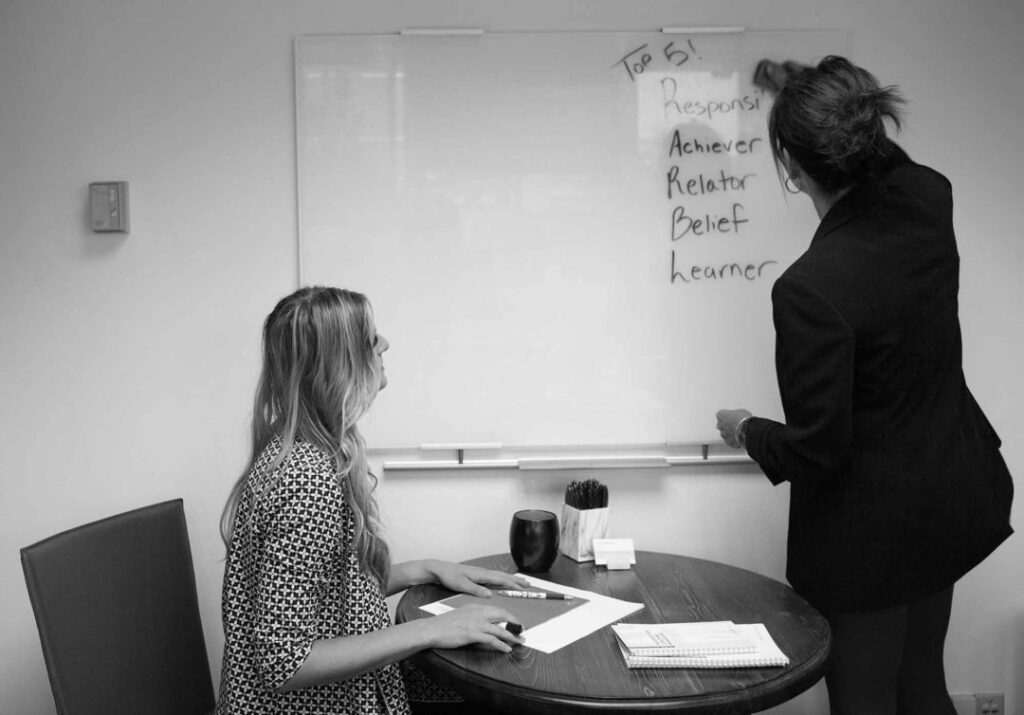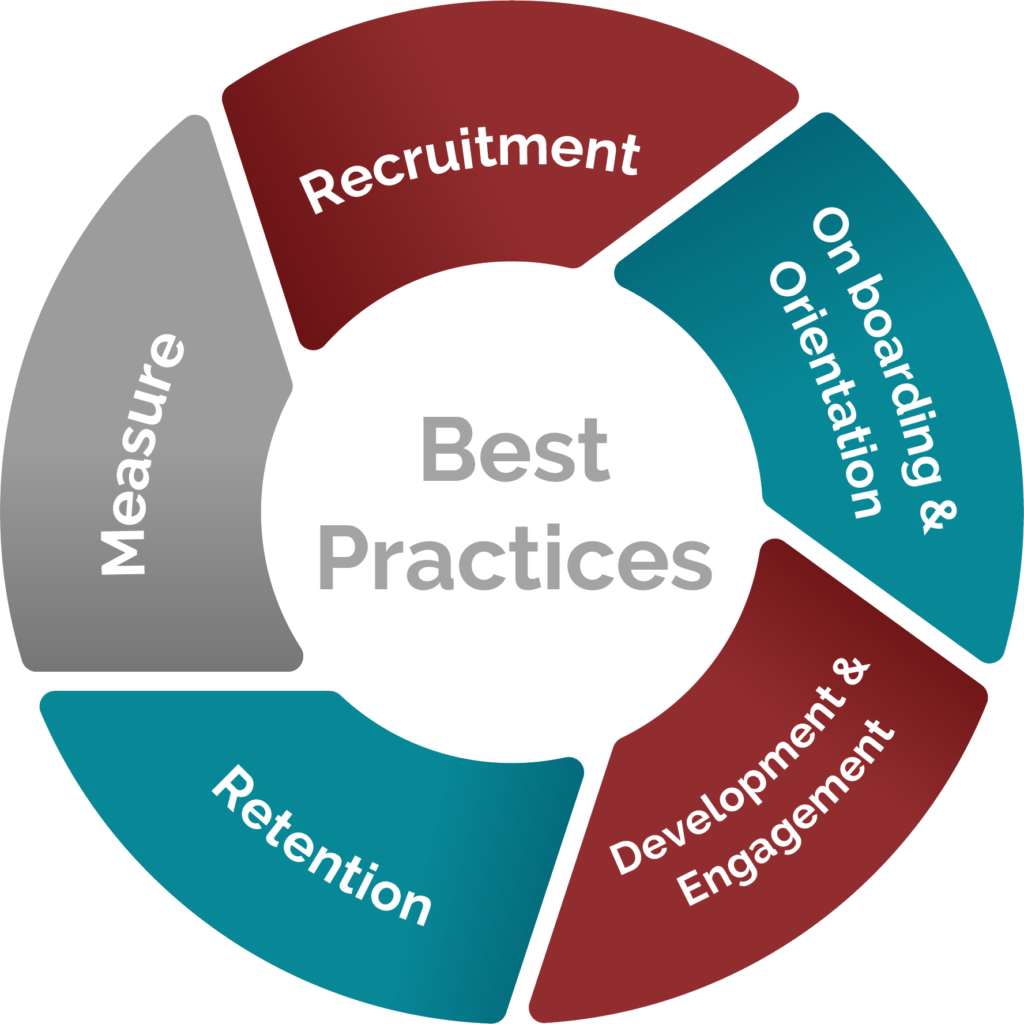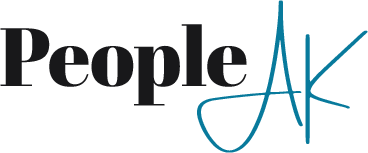
For leaders in business, it is no surprise that having the right person doing the right job is crucial for business performance and maintaining a competitive edge. The right hire can at best energize management practices or adversely complicate them with an employee who may not be the right organizational fit.
Employers seem to be taking caution with new hires, often leaning on relationships and their own instinct to right hire. However, Gallup meta-analysis results reveal that when companies select the top 20% of candidates based on a scientific Gallup assessment, they frequently realize: 41% less absenteeism, 70% fewer safety incidents, 59% less turnover, 10% higher customer metrics, 17% higher productivity and 21% higher profitability.
With the rapid changes in workforce demographics, organizations are experiencing a high rate of turnover and lower retention. According to AEDC, the recruitment of talent is the number one concern of employers. Due to a rapidly developing business environment and advancing technology, outsourcing hiring has become a standard business practice by many. By doing so employers focus on recruiting the most qualified individual, most often outside of their own organization.
The post-World War II era created the 20-year career and lifetime career mentality. These organizations were flooded with internal development and roughly 90% of vacancies were filled through internal promotions and lateral movement (HBR, 2019). In contrast, todays hiring practices are too high speed and demanding, and as a result, discourages development and retention of a company’s most precious resource: their people.
Today only 28% of business leaders are considering internal promotions and lateral movement. Outside hiring has been adopted as a standard practice due to less internal development and the immediate needs to fill positions.To that end, business leaders are doing their best to tread waters to fill a vacant position as soon as possible and maintain the required productivity by having current staff cover vacancies; often to the detriment of morale and engagement. With such efforts, the hiring process becomes more complicated and exponentially more expensive without organizations realizing the real cost of recruitment. Having employees do more with less leads to lowered production, efficiency and customer service; which results in reduced revenues not recorded as an actual recruitment expense.
Bigger picture, this leads to a tightening of the labor market while inhibiting fresh talent at the entry level positions. When firms limit internal potential for advancing lower level entry positions, the organization is not opening doors for new talent and in some cases stagnates the succession planning process (HBR, 2019). When there is not a future vision for an employee’s professional growth and development, organizations see that the most valuable employees are hired away and the ones remaining become significantly disengaged.
Directly following the initial advertisement and the extension of job interviews, the more influential recruitment efforts extend into orientation and on boarding. We would argue that the initial recruitment efforts should continue through the on boarding and introduction of a training plan. The development and on boarding of new hires demands an investment from leadership and the organization to retain new talent. Consistency and purpose are key elements needed to retain the highest producing and qualified candidates. Streamlining training and bringing the right people in the room like IT, HR, and leadership at once are great opportunities to be present for the new hire, and to maintain that orientation is efficient and worthwhile. When considering a competitive recruitment and development strategy, we recommend the adoption of the following 5 steps:

Best Practices
RECRUITMENT
Recruiting the right person saves your organization money and increases your bottom line. Employment solutions like temporary hire can support and relieve current staff, and maintain productivity allowing for the right hire at the right time. Part of (any) robust business is to adopt a dynamic recruitment strategy. Ensure you are communicating to the general population that you will go the extra mile to identify and recruit the right fit. This is a function of marketing and business development not necessarily HR.
ON BOARDING & ORIENTATION
Once the paperwork is complete, provide consistency and purpose to their transition to build trust and rapport. Staffing consultants provide support to streamline the process with best practices without disrupting the organization’s current rhythm. By providing communication tools that outline key expectations (What to expect on your first day) insecurity and “buyer’s remorse” can be avoided for both candidate and client.
DEVELOPMENT AND ENGAGEMENT
Invest in developing all levels of employees, focusing on managers to develop coaching skills improving productivity through an iterative process of feedback and learning.
RETENTION
Investing and coaching managers in establishing employee priorities and goals, providing timely, multidirectional feedback about contributions, are key opportunities to align employee aspirations with organizational goals and individual development plans.
MEASURE
We all know the pressure and cost of turnover, but do we have a perpetual plan to identify talent and what it would cost to replace the current key staff? Are your recruiters able to provide objective and consistent industry feedback to assess if your turnover rate is at national standards, would we have to recruit at a higher wage to replace current staff, etc.?
In short, your recruitment effort should be strategically aligned and communicated in a way that draws in the best possible candidates to your organizations. Sometimes this is not the super star, it’s the shooting star…catching them on the way up versus the way out. By being incredibly intentional about how you recruit, who you attract, on board and develop, ensures a dynamic hiring and retention process that keeps your organization productive and your team committed.
Co-authored by Paula Bradison, CEO & Katie Lauwers, Consultant
